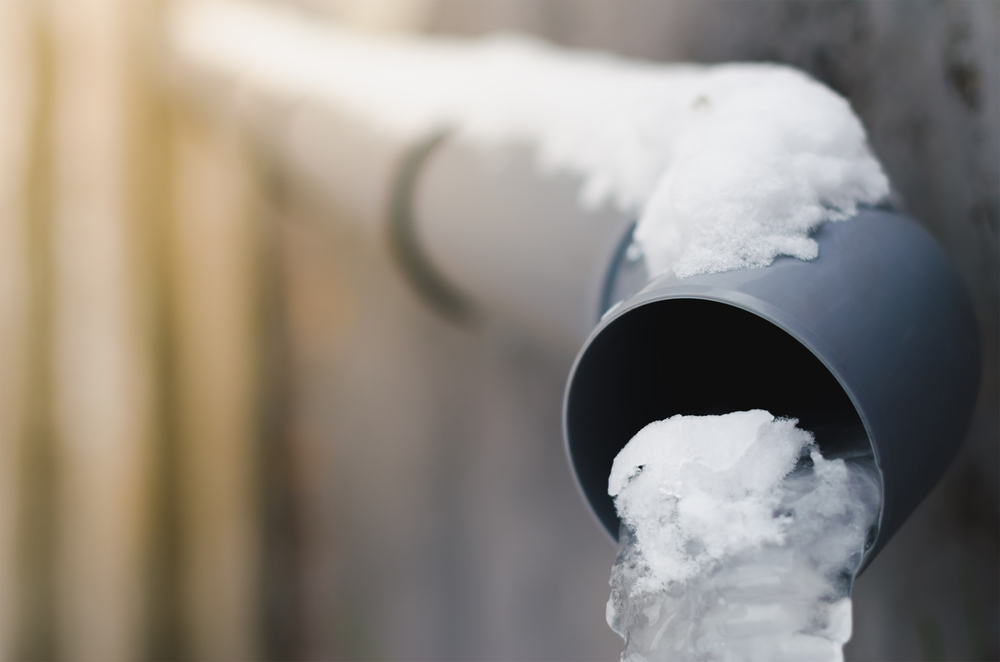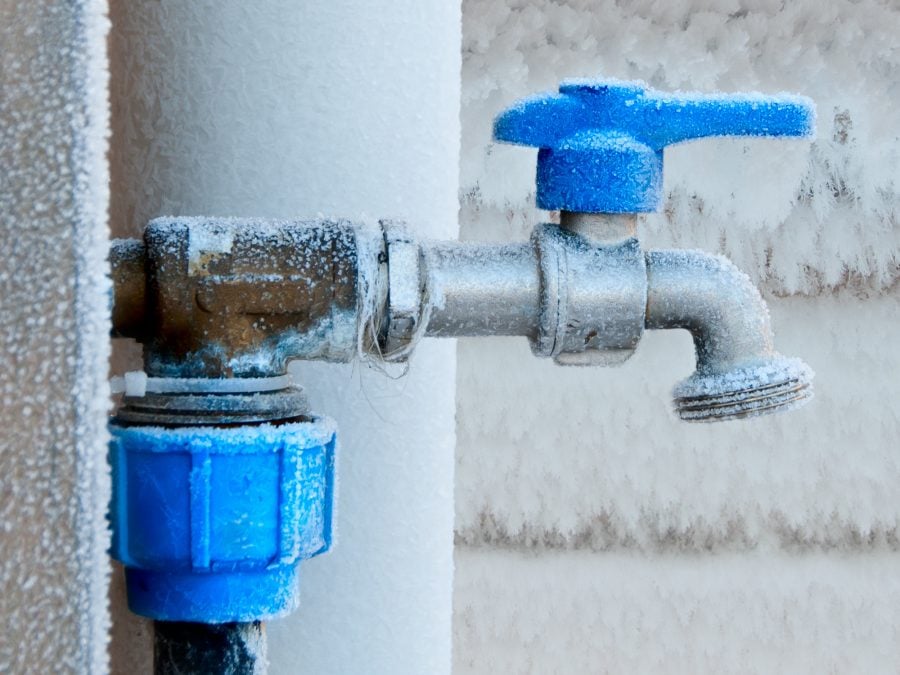What are your insights and beliefs on Prevent Frozen Pipes ?

Winter can damage your pipes, specifically by freezing pipelines. Below's how to stop it from taking place and what to do if it does.
Introduction
As temperature levels decrease, the risk of frozen pipelines boosts, possibly causing costly repair work and water damage. Comprehending how to avoid icy pipes is crucial for house owners in cool climates.
Avoidance Tips
Insulating susceptible pipes
Cover pipelines in insulation sleeves or utilize warm tape to shield them from freezing temperatures. Concentrate on pipes in unheated or external locations of the home.
Home heating techniques
Keep indoor rooms effectively heated up, especially locations with pipes. Open closet doors to enable cozy air to circulate around pipelines under sinks.
Just how to determine icy pipelines
Seek decreased water flow from faucets, unusual odors or noises from pipelines, and noticeable frost on exposed pipes.
Long-Term Solutions
Architectural modifications
Take into consideration rerouting pipes far from outside walls or unheated locations. Add additional insulation to attics, cellars, and crawl spaces.
Updating insulation
Buy top notch insulation for pipes, attics, and walls. Proper insulation assists keep consistent temperature levels and minimizes the threat of frozen pipelines.
Securing Exterior Plumbing
Yard tubes and outside taps
Separate and drain yard tubes prior to winter season. Set up frost-proof faucets or cover outside taps with shielded caps.
Comprehending Icy Pipes
What causes pipelines to ice up?
Pipelines freeze when subjected to temperatures below 32 ° F (0 ° C) for extended durations. As water inside the pipelines ices up, it expands, putting pressure on the pipeline wall surfaces and potentially triggering them to break.
Dangers and damages
Frozen pipelines can lead to water interruptions, home damages, and costly repair services. Ruptured pipelines can flooding homes and trigger extensive structural damage.
Indications of Frozen Pipeline
Recognizing frozen pipelines early can avoid them from bursting.
What to Do If Your Pipes Freeze
Immediate actions to take
If you presume frozen pipes, maintain taps available to eliminate pressure as the ice thaws. Use a hairdryer or towels soaked in warm water to thaw pipes gradually.
Verdict
Preventing frozen pipes needs aggressive actions and fast actions. By recognizing the causes, indications, and safety nets, property owners can protect their pipes during winter.
5 Ways to Prevent Frozen Pipes
Drain Outdoor Faucets and Disconnect Hoses
First, close the shut-off valve that controls the flow of water in the pipe to your outdoor faucet. Then, head outside to disconnect and drain your hose and open the outdoor faucet to allow the water to completely drain out of the line. Turn off the faucet when done. Finally, head back to the shut-off valve and drain the remaining water inside the pipe into a bucket or container. Additionally, if you have a home irrigation system, you should consider hiring an expert to clear the system of water each year.
Insulate Pipes
One of the best and most cost-effective methods for preventing frozen water pipes is to wrap your pipes with insulation. This is especially important for areas in your home that aren’t exposed to heat, such as an attic. We suggest using foam sleeves, which can typically be found at your local hardware store.
Keep Heat Running at 65
Your pipes are located inside your walls, and the temperature there is much colder than the rest of the house. To prevent your pipes from freezing, The Insurance Information Institute suggests that you keep your home heated to at least 65 degrees, even when traveling. You may want to invest in smart devices that can keep an eye on the temperature in your home while you’re away.
Leave Water Dripping
Moving water — even a small trickle — can prevent ice from forming inside your pipes. When freezing temps are imminent, start a drip of water from all faucets that serve exposed pipes. Leaving a few faucets running will also help relieve pressure inside the pipes and help prevent a rupture if the water inside freezes.
Open Cupboard Doors
Warm your kitchen and bathroom pipes by opening cupboards and vanities. You should also leave your interior doors ajar to help warm air circulate evenly throughout your home.

I stumbled upon that entry about 6 Ways to Prevent Frozen Pipes while doing a lookup on the internet. Are you aware of anybody else who is in to How To Avoid Freezing Pipes? Please feel free to promote it. Many thanks for being here. Revisit us soon.
Book An Appointment
Comments on “Prevent Frozen Pipes in Winter: Expert Advice”